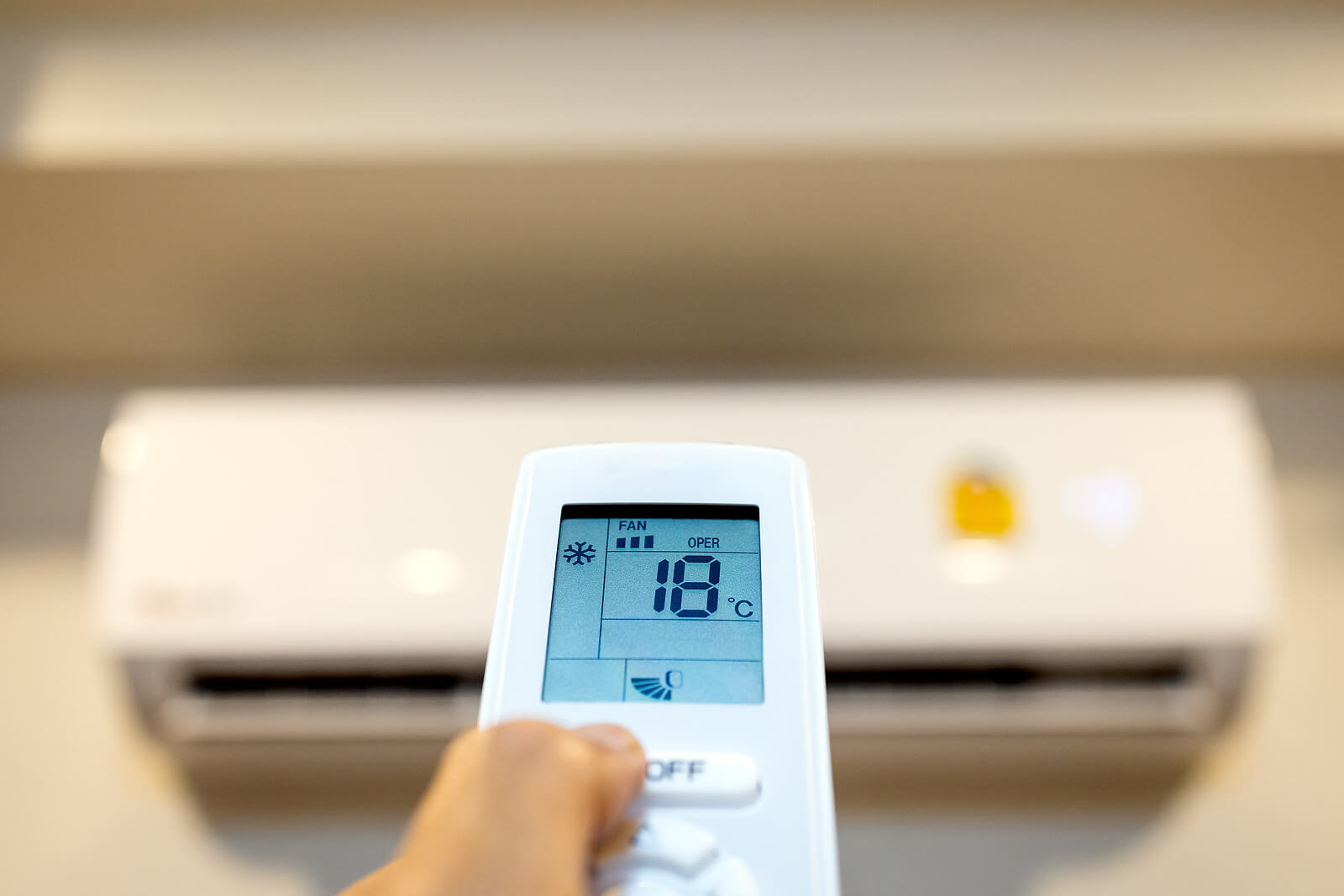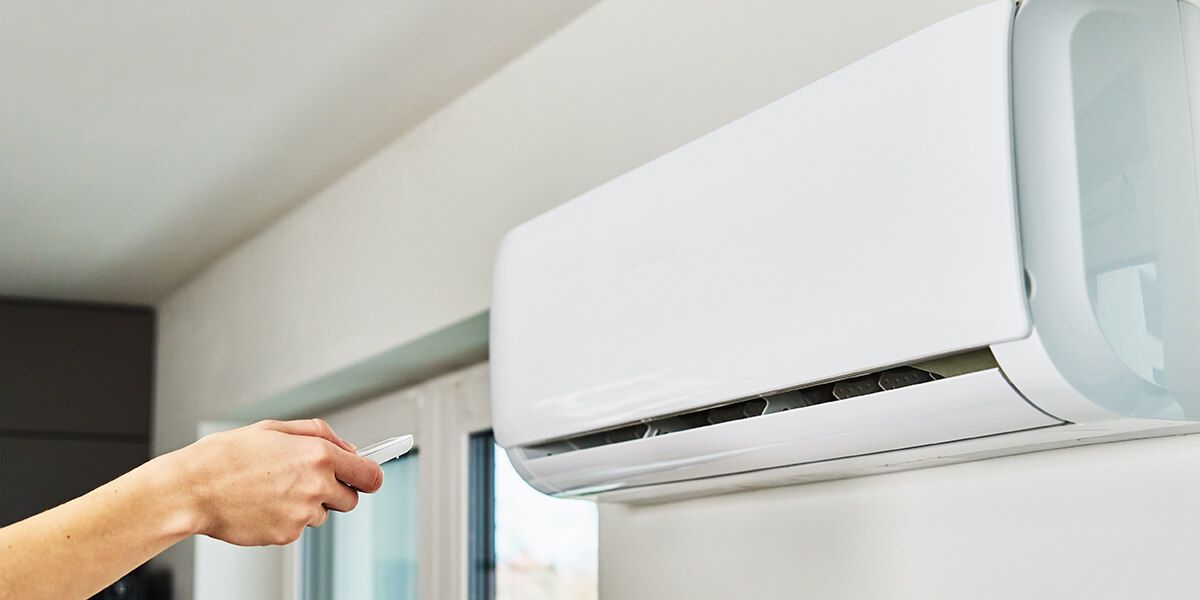Why Is My Air Conditioner Not Turning On

One of the most frustrating experiences for any homeowner is when their air conditioner refuses to turn on, especially during the sweltering heat of summer. This can quickly transform a comfortable home into an unbearable living space. Before you resign yourself to calling an expensive HVAC technician, there are several steps you can take to troubleshoot the issue and potentially resolve it yourself. This guide provides a methodical approach to diagnosing the problem, offering simple DIY fixes while clearly indicating when it's time to call in the professionals.
Step 1: Basic Checks (No Tools Required)
Start with the simplest and most obvious causes. These checks require no tools and can often identify the problem quickly.
1.1. Power Supply
First, ensure the air conditioner is actually receiving power. This sounds obvious, but it's a common oversight.
- Check the Thermostat: Make sure the thermostat is set to "Cool" mode and the temperature is set lower than the current room temperature. A dead or malfunctioning thermostat is a frequent culprit. Try replacing the batteries in your thermostat, even if the display seems to be working. Sometimes, low battery power can cause intermittent issues.
- Inspect the Circuit Breaker: Locate the circuit breaker for your air conditioner in your electrical panel. Look for a tripped breaker (it will likely be in the "off" or middle position). Flip the breaker completely off and then back on. If the breaker trips again immediately, there's likely a short circuit, and you'll need professional help.
- Examine the Disconnect Switch: Most outdoor AC units have a disconnect switch located near the unit. This is a safety switch that cuts off power to the unit for maintenance. Ensure the switch is in the "on" position. This can be a lever or a pull-out block.
- Check the Power Cord: If it's a window unit, make sure the power cord is securely plugged into the outlet. Try a different outlet to rule out a faulty receptacle.
1.2. Airflow Obstructions
Restricted airflow can prevent the AC unit from starting. This is especially true for central air systems.
- Check the Air Filter: A dirty air filter is one of the most common reasons an AC won't turn on. A clogged filter restricts airflow, causing the system to overheat and potentially shut down. Replace the air filter with a clean one. Ideally, air filters should be replaced every 1-3 months, depending on usage and air quality.
- Inspect the Outdoor Unit: Make sure the outdoor unit (condenser) is free from obstructions. Remove any leaves, branches, or debris that may be blocking the unit. Ensure there's at least 2-3 feet of clear space around the unit for proper airflow.
- Check the Vents: Ensure that all air vents in your home are open and unobstructed. Closed or blocked vents can restrict airflow and put a strain on the system.
Step 2: More Advanced Checks (Basic Tools May Be Needed)
If the basic checks don't reveal the problem, you may need to perform slightly more advanced diagnostics. These steps may require basic tools like a multimeter or a non-contact voltage tester.
2.1. Condenser Fan Motor
The condenser fan motor is responsible for cooling the refrigerant in the outdoor unit. If it's not working, the unit will overheat and shut down.
- Visual Inspection: Turn off the power to the AC unit at the disconnect switch. Carefully inspect the fan blades for any obstructions or damage. Try to spin the fan blades by hand. They should spin freely. If they're stiff or don't move, the motor may be seized.
- Capacitor Check (Requires Caution): The capacitor is a small cylindrical component that helps start the fan motor. A failing capacitor is a common cause of fan motor problems. This step requires caution as capacitors can store an electrical charge even when the power is off. It's best left to a professional. However, if you're comfortable, you can visually inspect the capacitor for bulging, leaking, or other signs of damage. A multimeter can be used to test the capacitor's capacitance, but this requires knowledge of electrical testing and safety procedures.
2.2. Contactor
The contactor is an electrical switch that controls the power to the compressor and fan motor. A faulty contactor can prevent the AC unit from starting.
- Visual Inspection: Turn off the power to the AC unit at the disconnect switch. Carefully inspect the contactor for burnt or damaged contacts. You may be able to see the contactor behind an access panel.
- Testing with a Multimeter (Requires Knowledge): A multimeter can be used to test the contactor for continuity. This requires knowledge of electrical testing and safety procedures. If the contactor is not functioning properly, it will need to be replaced.
2.3. Refrigerant Leaks
While you cannot directly check for refrigerant leaks without specialized equipment, certain signs may indicate a leak.
- Listen for Hissing: Listen carefully near the outdoor unit and the indoor evaporator coil (often located in or near the furnace) for a hissing sound, which could indicate a refrigerant leak.
- Ice Formation: Check for ice formation on the copper lines connecting the indoor and outdoor units. This can be a sign of low refrigerant.
- Poor Cooling Performance: If the AC unit is running but not cooling effectively, it could be due to a refrigerant leak.
Step 3: When to Call a Professional
While many AC problems can be resolved with simple DIY troubleshooting, certain issues require the expertise of a qualified HVAC technician. Attempting to repair these issues yourself can be dangerous and may void your warranty.
- Refrigerant Leaks: Handling refrigerant requires specialized equipment and training. Refrigerant is also harmful to the environment. A professional can safely repair the leak and recharge the system.
- Compressor Problems: The compressor is the heart of the AC unit, and repairs are complex and require specialized tools and knowledge. Compressor replacement is often a significant expense.
- Electrical Issues: Any electrical work beyond checking the circuit breaker and disconnect switch should be left to a qualified electrician or HVAC technician. Working with electricity can be dangerous.
- Frozen Evaporator Coil: While a dirty air filter is a common cause of a frozen evaporator coil, other issues like low refrigerant or a malfunctioning blower motor can also be to blame. A professional can diagnose the root cause and recommend the appropriate solution.
- Complex Wiring Issues: If you encounter complex wiring problems or are unsure about any aspect of the repair, it's always best to err on the side of caution and call a professional.
- System Age: If your AC unit is old (10-15 years or older) and experiencing frequent problems, it may be more cost-effective to replace the entire system rather than continue to repair it. A professional can assess the condition of your system and provide recommendations.
Step 4: Prevention and Maintenance
The best way to avoid AC problems is to perform regular maintenance. Here are some tips to keep your AC running smoothly:
- Change Air Filters Regularly: As mentioned earlier, replace your air filter every 1-3 months, depending on usage and air quality.
- Clean the Outdoor Unit: Periodically clean the outdoor unit by removing any leaves, branches, or debris.
- Schedule Annual Maintenance: Schedule an annual maintenance appointment with a qualified HVAC technician. They can inspect the system, clean the coils, check the refrigerant levels, and identify any potential problems before they become major issues.
- Keep Vents Clear: Ensure that all air vents in your home are open and unobstructed.
- Consider a Programmable Thermostat: A programmable thermostat can help you save energy and reduce wear and tear on your AC system by automatically adjusting the temperature when you're not home.
By following these troubleshooting steps and performing regular maintenance, you can often resolve minor AC problems yourself and keep your system running efficiently for years to come. Remember to prioritize safety and call a professional when necessary.










